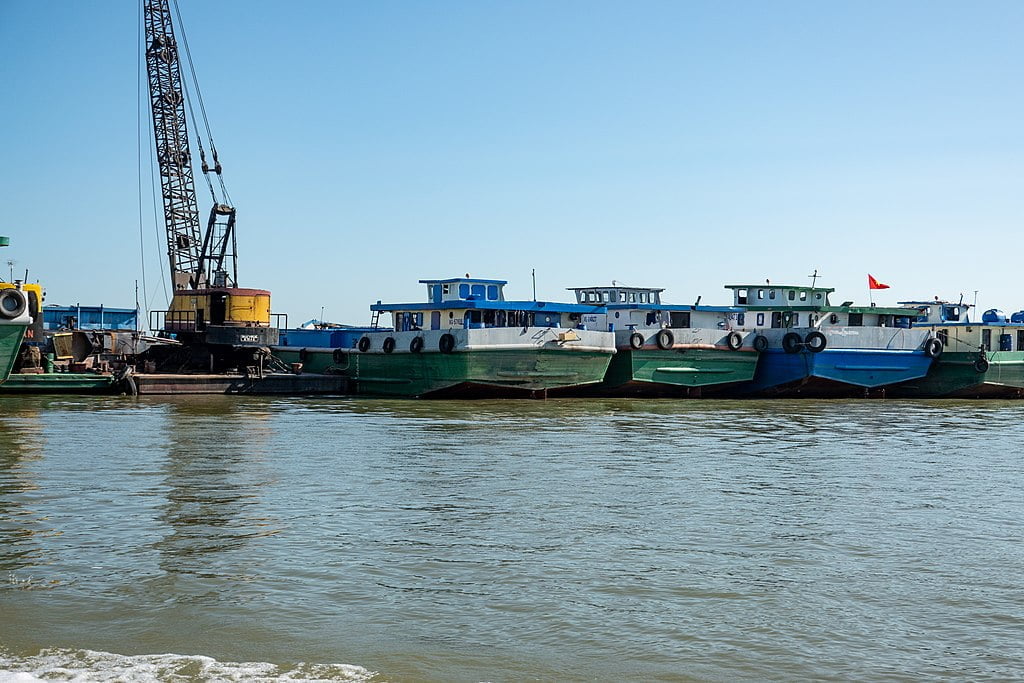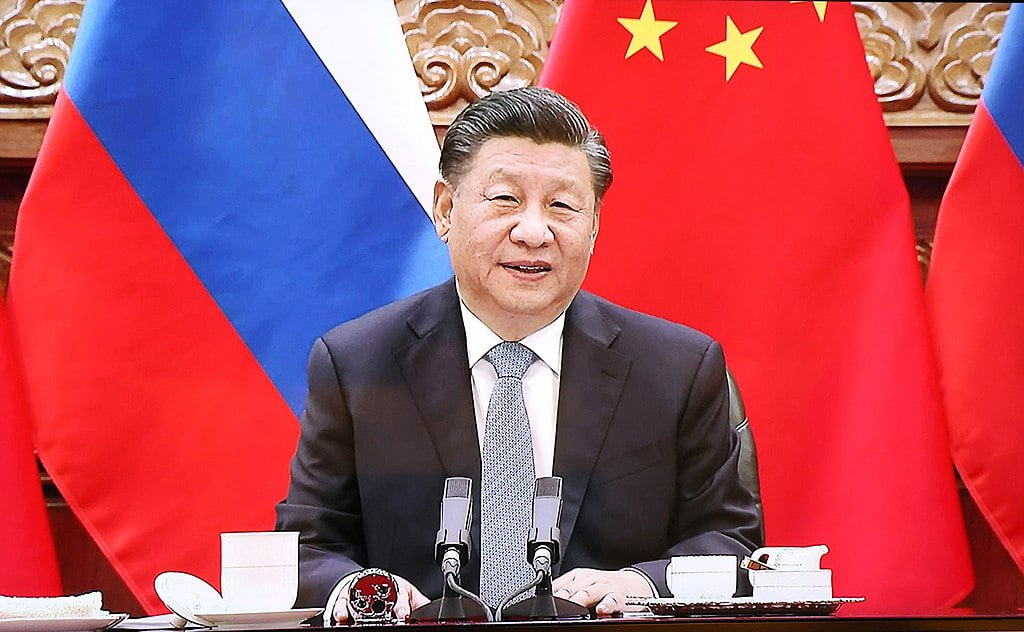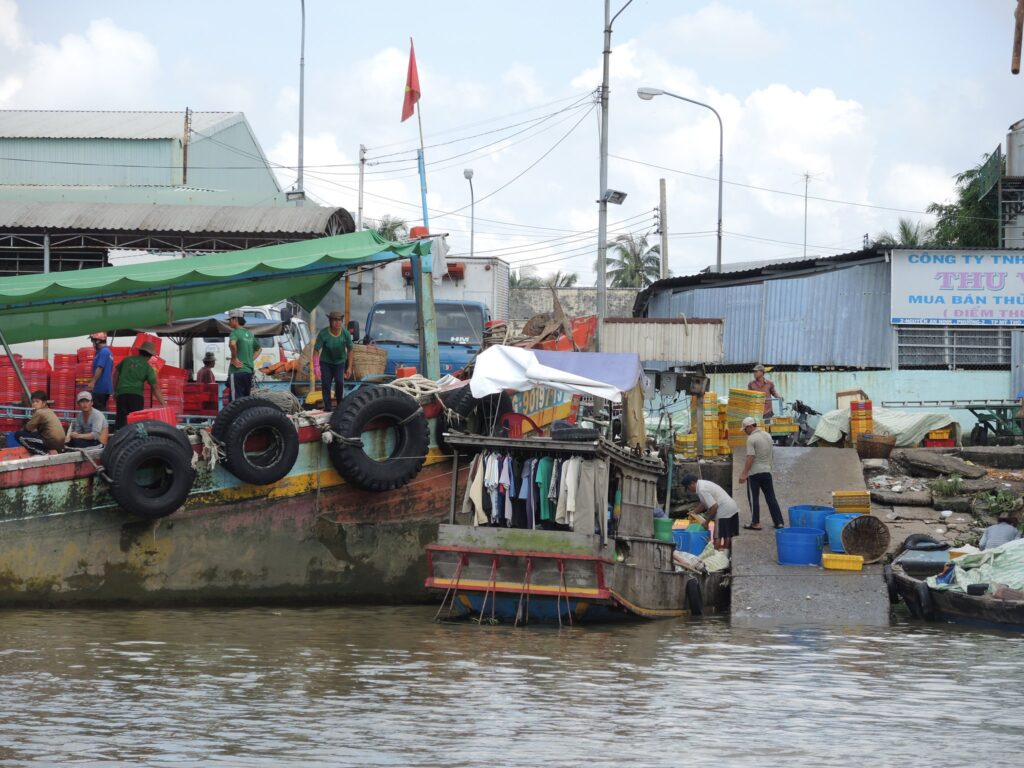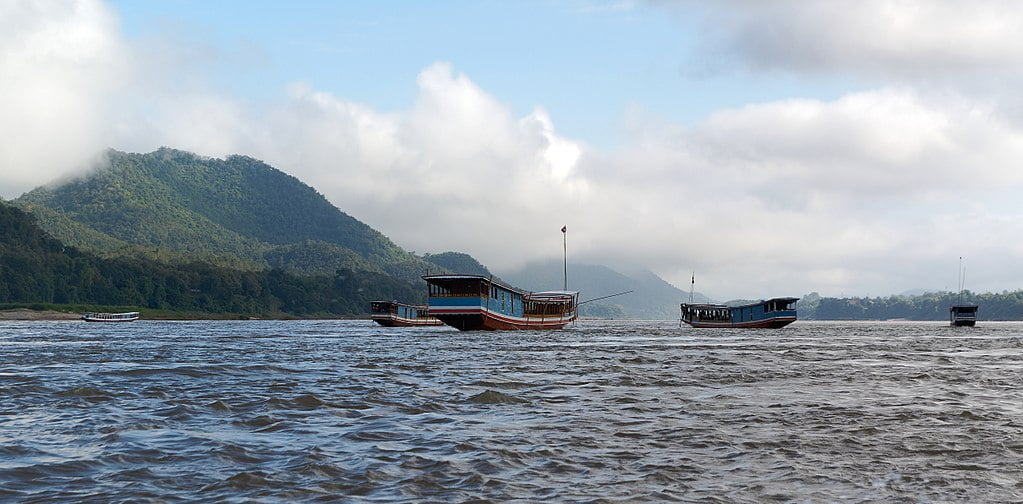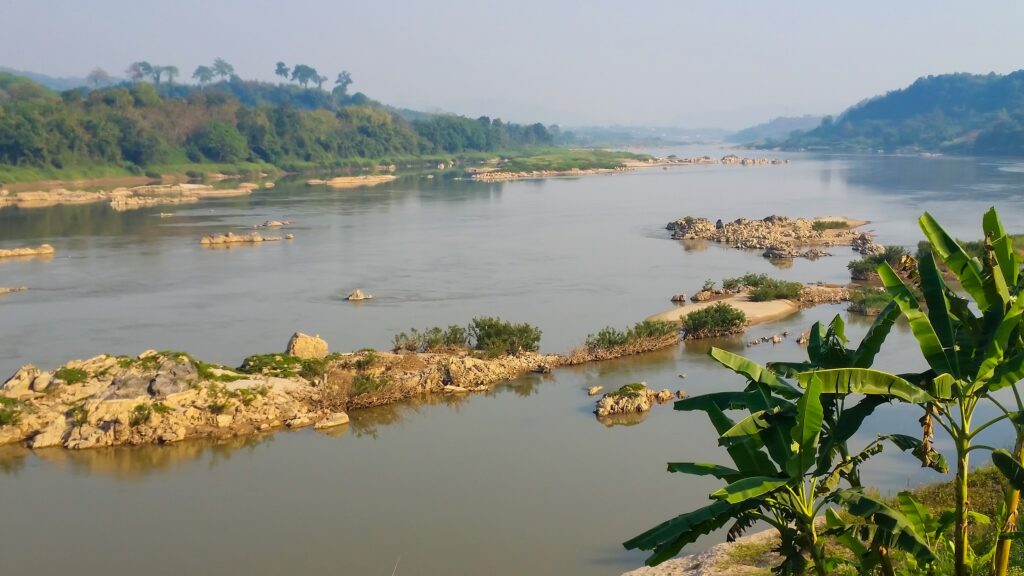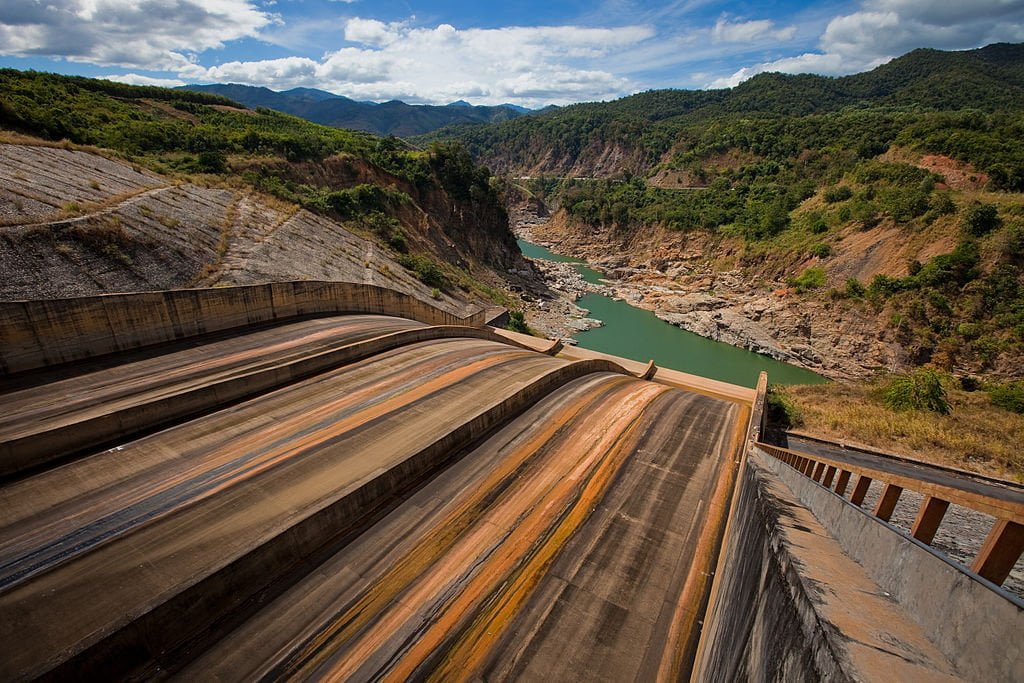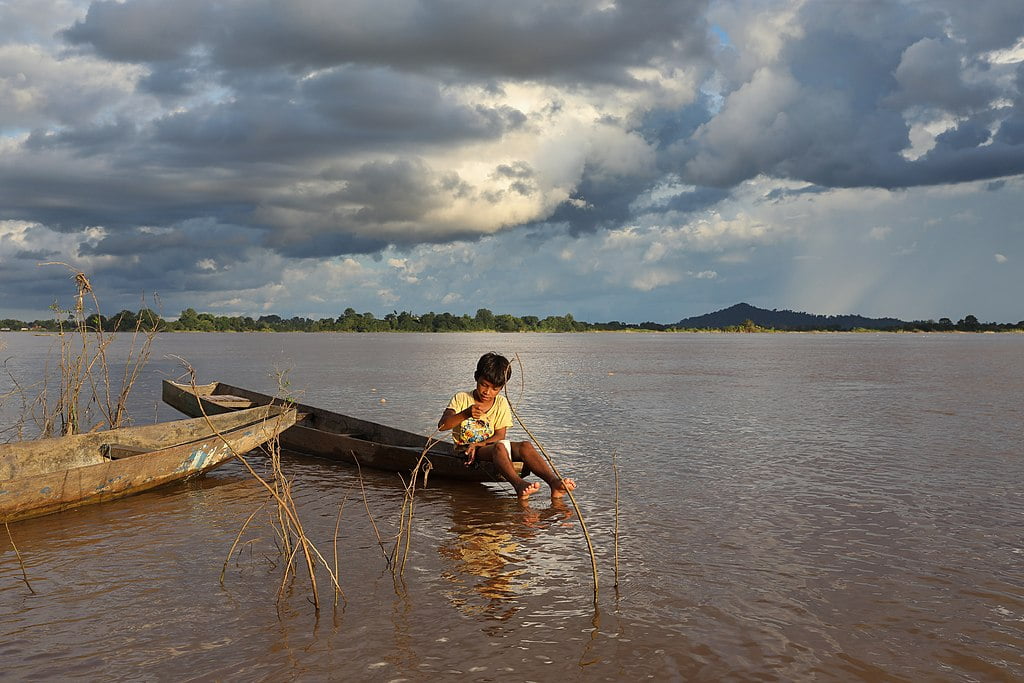We use cookies to improve your experience with Monash. For an optimal experience, we recommend you enable all cookies; alternatively, you can customise which cookies you’re happy for us to use. You may withdraw your consent at any time. To learn more, view our Website Terms and Conditions and Data Protection and Privacy Procedure.
Water conflict and cooperation
Published on March 28, 2022Climate change, water scarcity and urban development are among the threats to the world's rivers and those who rely upon them.
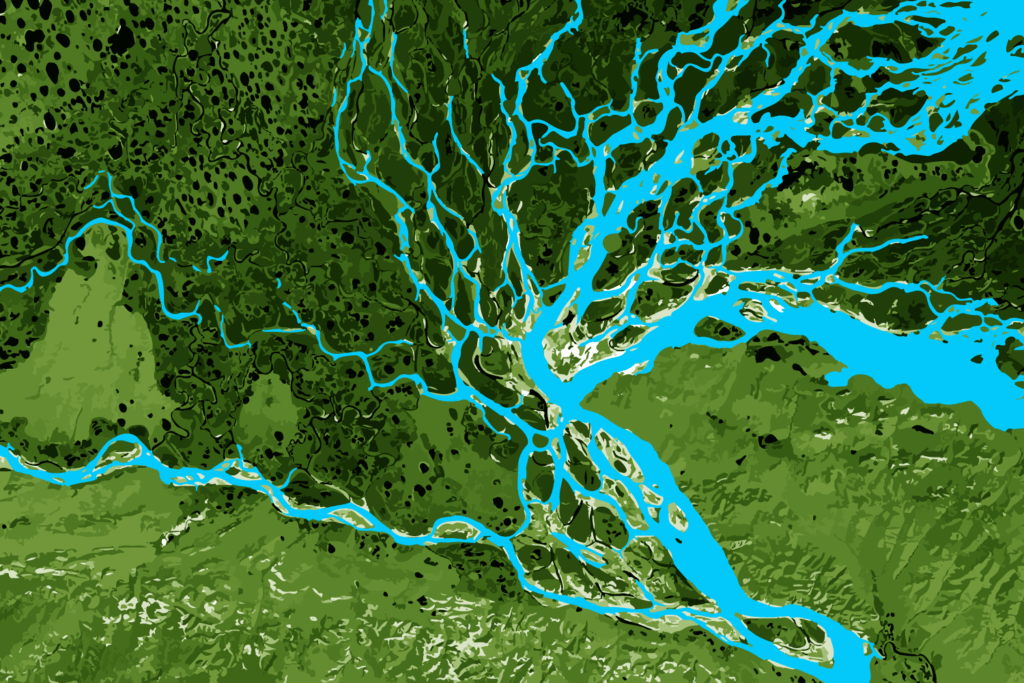 As the world’s rivers come under greater threat, states have choices to make regarding conflict and cooperation. (Michael Joiner, 360info) : Michael Joiner, 360info
As the world’s rivers come under greater threat, states have choices to make regarding conflict and cooperation. (Michael Joiner, 360info) : Michael Joiner, 360info
Climate change, water scarcity and urban development are among the threats to the world’s rivers and those who rely upon them.
An inability to access water threatens the security, stability and environmental sustainability of all nations, especially in the Global South.
By 2025, two-thirds of the global population may face water shortages. As the resource becomes increasingly scarce, the need for states to find ways to resolve conflict and find cooperation grows.
This is exemplified best by the Mekong River — the beating heart of Southeast Asia that provides for over 70 million people.
Locked in drought, the Mekong faces a raft of problems: sand mining eroding its riverbeds, hydropower dams throttling its flow, plastics pollution, and the ongoing threat of climate change.
All this takes place in the shadow of complicated regional diplomacy in the region between the Mekong states — China, Myanmar, Laos, Thailand, Cambodia and Vietnam.
The upstream titan China, the developing nations and the fast emerging economies all face different challenges, but share one thing in common: they all depend on the Mekong River.
Smarter thinking, investment in green infrastructure, and a willingness to collaborate will be vital to keeping the Mekong River alive for decades to come.
REALITY CHECK
The Mekong River is about 4,350 to 4,900 kilometres long. Its entire catchment area covers about 800,000km2.
The Mekong runs through China, Myanmar, Laos, Thailand, Cambodia and Vietnam.
By 2030, cities in the Mekong River basin are projected to house over 11.5 million people.
The Mekong River basin is home to one of the richest areas of biodiversity in the world, with more than 20,000 plant species and 850 fish species discovered to date.
Four billion people experience severe water scarcity for at least one month each year, according to UNICEF.
BIG IDEAS
Quotes attributable to Mr Christopher Chen, Nanyang Technological University:
“More than 70 million people depend on the Mekong River as a source of income and livelihood. Alongside saline intrusion, they face decreasing water levels and increased insecurity over water as the cumulative effects of climate change, dam development and environmental degradation set in.”
“Southeast Asian states have a lot in common with Pacific Island states in terms of geographical and economic vulnerabilities. They all have a vested interest in addressing water security issues.”
Quote attributable to Dr Rafael Schmitt, Stanford University:
“In a basin where decision-making is deeply fractured and development strategies are politically complicated, a major shift of some form is required if the Mekong is to survive. Determining what that shift looks like is the answer to an existential question for one of the most productive regions in Asia.”
PERSPECTIVES
Measuring the real cost of sand mining in the Mekong
Edward Park, Nanyang Technological University
Sand mining in the Mekong is happening far more than officially reported — meaning the damage is far worse. More sustainable options are available.
India and Pakistan can future-proof their threatened rivers
Medha Bisht, South Asian University
A shift in perspective can future-proof the Indus Water Treaty.
New power plans could change the tide
Stefano Galelli, Singapore University of Technology and Design
Developing nations in the Mekong have long had to choose between cheap, accessible power and sustainable river management. That may no longer be necessary.
Laos’ Mekong dam collapse leaves a sad legacy
Naho Mirumachi, King’s College London
Native populations are languishing at the hands of the state and businesses, years after a devastating dam collapse in Laos.
Cooperation, commitment will save the Mekong
Rafael Schmitt, Stanford University
Rising sea levels, accelerated land degradation and reduced sediment supply is hurting the Mekong. But it doesn’t have to be that way.
Convention could lock in China’s Mekong cooperation
Kenneth Stiller, University of Oxford
China holds all the cards in the Mekong and bringing them into a regional framework would help secure the future of the river. Issue linkage could help do so.
The world is making the Mekong its dump
Danny Marks, Dublin City University
Mounting marine pollution is choking the world’s oceans and rivers, especially in Southeast Asia — and it’ll only get worse unless something changes.
Partnerships a pathway for Mekong’s water security
Christopher Chen, Nanyang Technological University
Urbanisation and degrading infrastructure is threatening to unravel the ecological and financial promise of the Mekong — including its supply of clean water.
Originally published under Creative Commons by 360info™.
Editors Note: In the story “Water conflict” sent at: 21/02/2022 12:26.
This is a corrected repeat.


